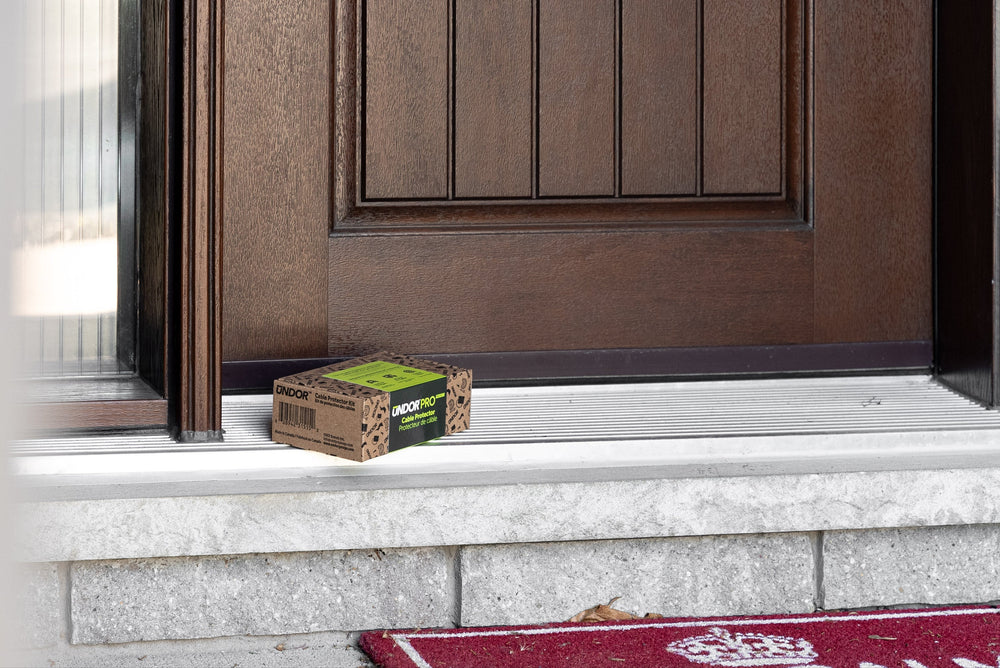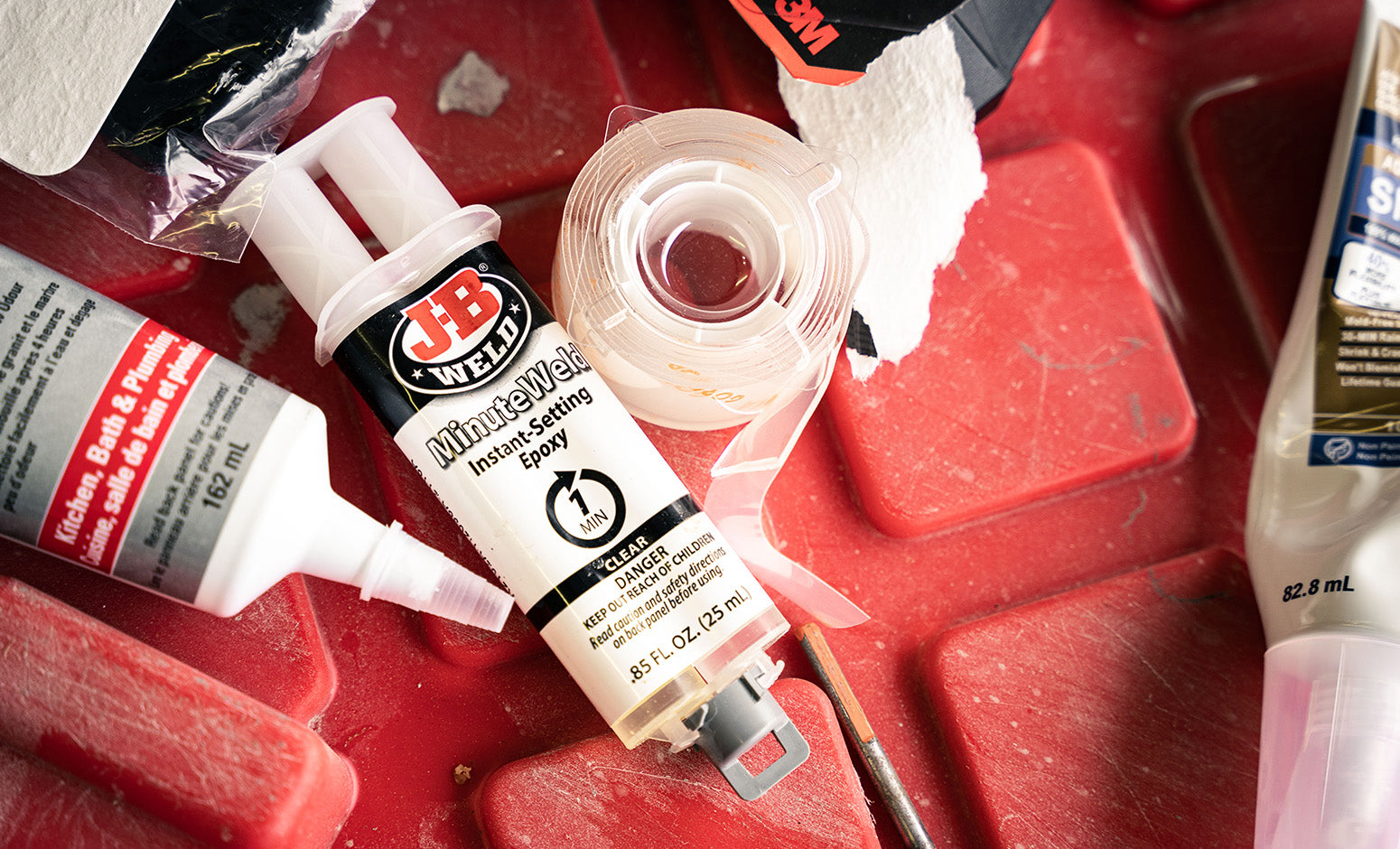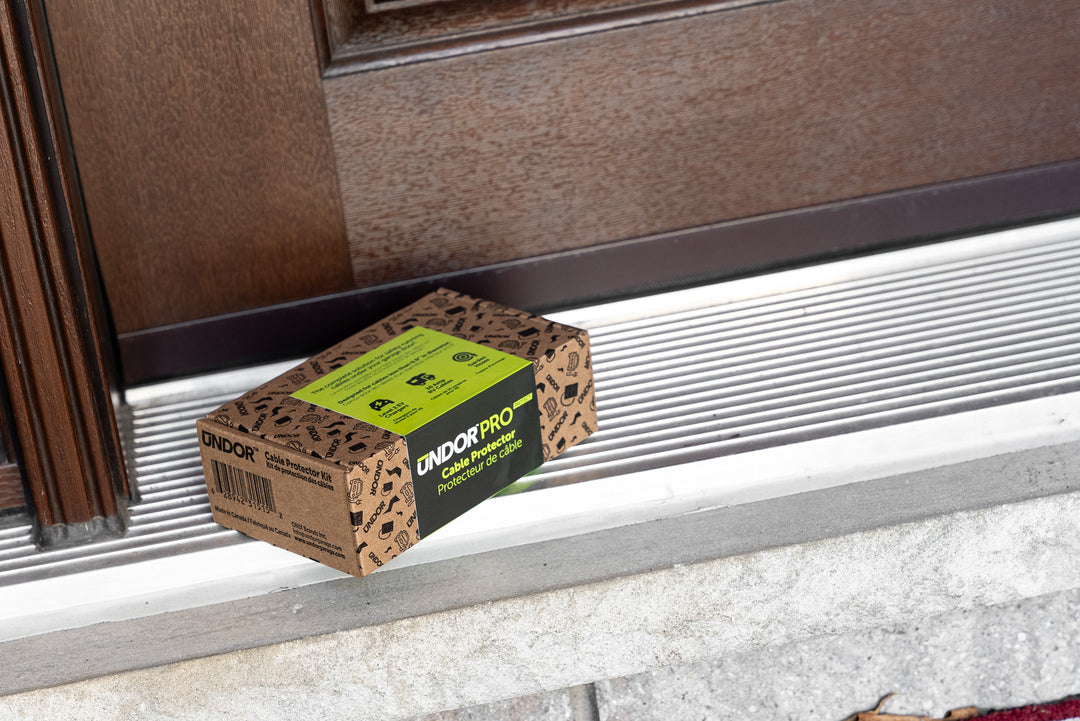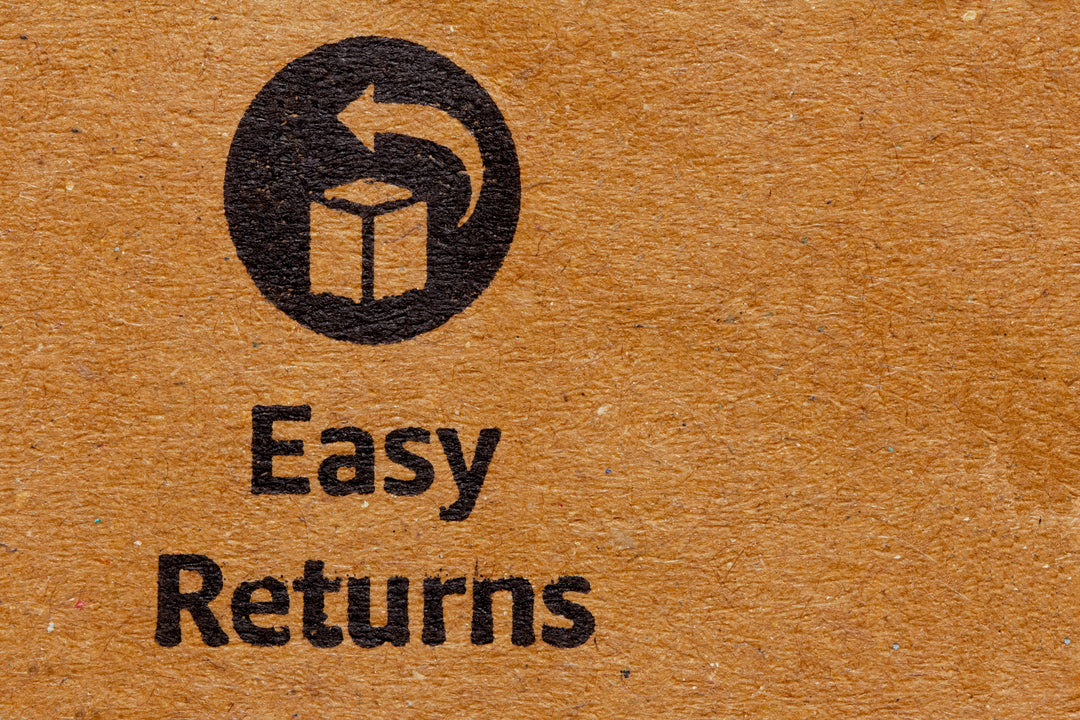One of the biggest questions we get asked here at UNDOR is “do I have to drill into my floor?”. While using the supplied anchors and screws is the preferred installation method, you don’t have to drill any holes if you don’t want to (or can’t)!
Why shouldn’t you drill into your floor?
There are some instances where drilling into your concrete floor isn’t practical or possible.
- You are renting and don’t want to make any modifications to your home
- You don’t have access to a hammer drill
- You don’t feel like it 😉
Those are all good reasons, we totally understand. The big one though is below…
You have a post-tension or pre-stressed concrete floor. Some homes in North America have a concrete floor that is pre-stressed or post-tensioned. This involves running very strong cables through the concrete and placing them under tension to keep the slab from cracking and increasing its structural load. It’s an awesome way of pouring concrete and has been in use since the late 1960s. You cannot, and should not drill into these floors. We mean it. You can cause serious problems drilling into those slabs, and may even cause serious injury or death. If you have one of these slabs, you absolutely need to use an adhesive to bond UNDOR to your floor.
Drawbacks of Using Adhesives
We’ve been testing a bunch of different adhesives in the cold Canadian weather, and feel comfortable recommending two commonly available products. There are a few things to consider about using adhesives with UNDOR.
Firstly, some of them work really, really well. Like, too well. If you ever want to take up your UNDOR units for any reason, you’ll likely need to break them to get them off your floor. If you’re sticking around in your home for the foreseeable future, then that’s no issue. On the other end, silicone-style adhesives work well, but have some play and may not stick for years and years; requiring some reapplication down the line. Either way, these glues and adhesives are a little less easy to work with than the traditional installation method.
And secondly, we don’t include adhesives in the package. So you’ll need to purchase your chosen product before installation.
Recommended Adhesives
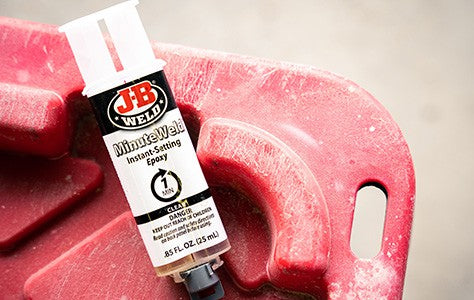
JB-Weld Minuteweld
Pros:
- sets in a minute, fully cured in 15 minutes
- holds like crazy, works extremely well
Cons:
- holds like crazy, will likely need to break UNDOR Pro Protect to remove from the floor
- two-part epoxy requires mixing before use
Available online and at most major retailers in Canada and the USA.
GE Advanced Silicone
Pros:
- Easy to use
- Easily removable
- Water & mold resistant
Cons:
- Doesn’t hold as firmly as other products
- May let go after long periods of time, or rough use
- Setting time is longer
Available online and at most retailers in Canada and the USA.
Installation tips with adhesives
Installing your UNDOR units with adhesives is quite simple. It follows the same basic steps as the standard installation, with a couple of modifications.
- Obviously, you will not be drilling any holes. You still need to locate the UNDOR units properly before you glue them down. Do this by drawing an outline around the UNDOR units once they are set correctly in place; then apply the adhesive.
- Clean the floor really well, like super clean it. Use a degreaser, or some other concrete cleaning solution, and let the floor dry completely before applying any adhesive. This is pretty standard practice using any kind of glue or adhesive.
- Follow the manufactures instructions for bonding time, application, etc.
- IMPORTANT! Be very careful not to get any adhesive on the sliding cover, or anywhere near it. If you get glue on the slider, it won’t work anymore, and that sucks. Only apply adhesive to the centre section of the underside of each UNDOR unit. Stay far away from the left and right edges of UNDOR.
That’s it, once they are on the floor and stuck down, just continue with the rest of the installation as normal.
We hope using adhesives goes well for you, and opens up UNDOR to more people across North America who are looking for an alternative to the standard drilling installation method.




